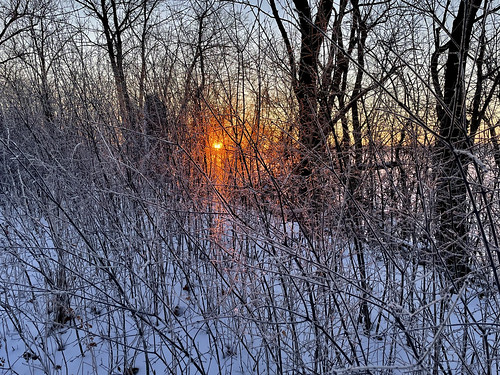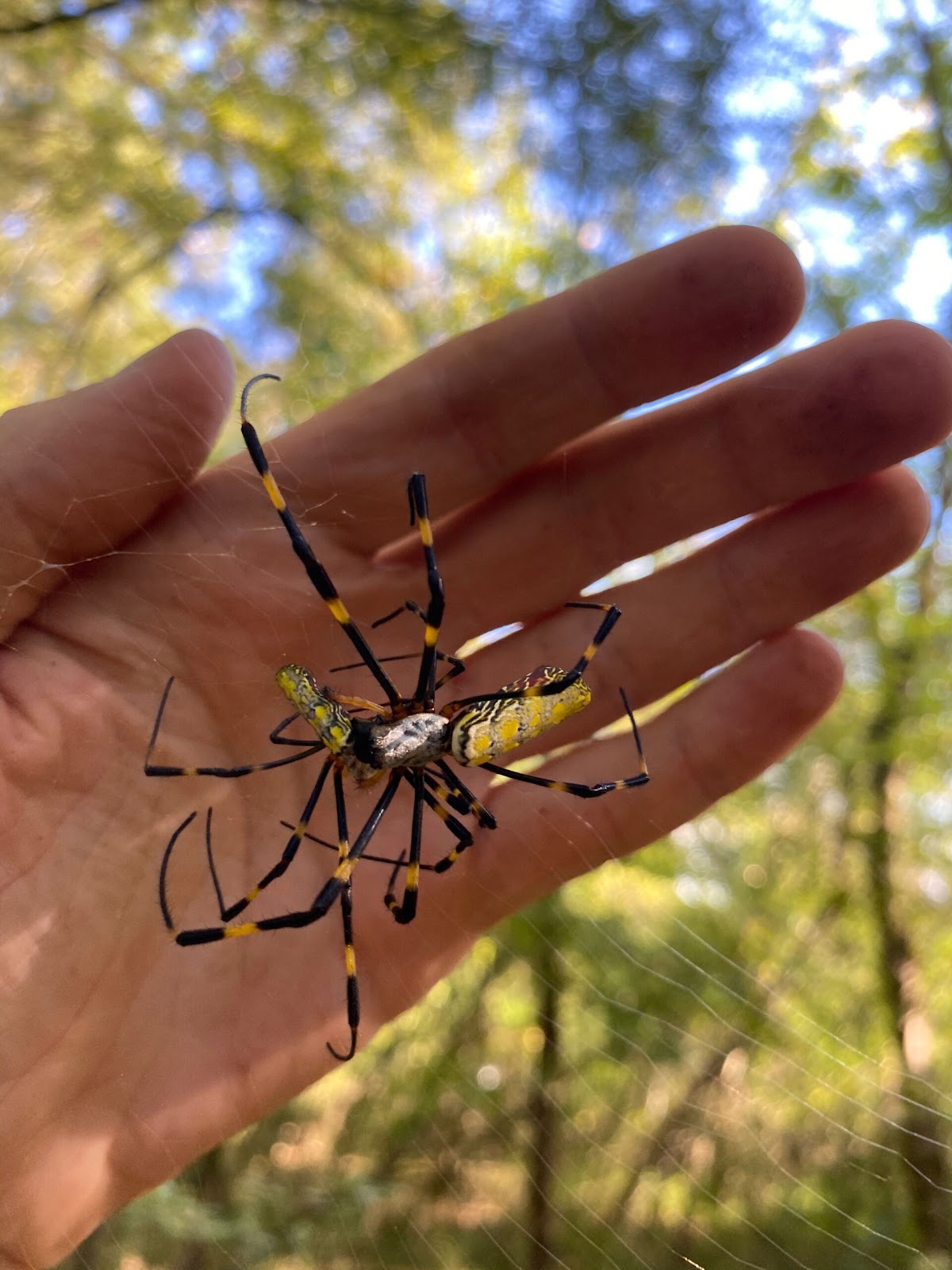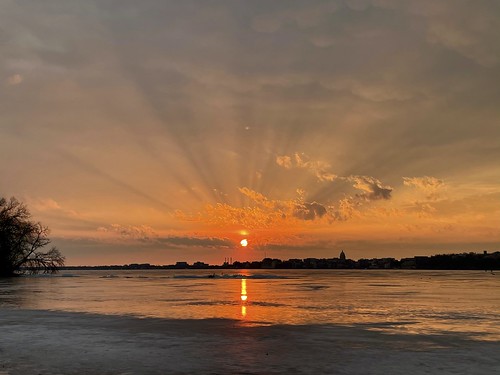"She came
to Solas Bhride this year for a weeklong stay in its hermitage. 'I
was searching for meaning and she gives so much meaning,' Ms. Pickard
said. 'Right now, if you go down a certain road with religion, there’s a
lot of pain caused by these people, but with Brigid, I think there’s a
lot of kindness, and a lot of service and courage.' Two sisters,
Georgina O Briain and Caragh Lawlor, sat in the calm of Solas Bhride’s
central prayer space on Saint Brigid’s Day, quietly weaving rush
crosses... 'Brigid was both Christian and
pagan, a mix of the two, and while I’m not very religious, I am very
spiritual, and she brings it together for me,' Ms. O Briain said.... Tellingly,
Brigid’s Christian nuns maintained a pagan-style fire shrine on the
grounds of her abbey, even after the Anglo-Norman invasion of Ireland in
the 12th century, in which the English monarchy imposed strict Roman
Catholic doctrine on the independent-minded Celtic church of Brigid,
Patrick and Columba — Irelands’ trio of patron saints...."
From "As Ireland’s Church Retreats, the Cult of a Female Saint Thrives/The cult of Saint Brigid, with its emphasis on nature and healing, and its shift away from the patriarchal faith of traditional Catholicism in Ireland, is attracting people from around the world" (NYT).
I didn't know the legend: "Around the year 480... a freed slave named Brigid founded a convent under an oak in the east of Ireland. To feed her followers, she asked the King of Leinster, who ruled the area, for a grant of land. When the pagan king refused, she asked him to give her as much land as her cloak would cover. Thinking she was joking, he agreed. But when Brigid threw her cloak on the ground, it spread across 5,000 acres — creating the Curragh plains...."
Here's the Wikipedia article "Curragh." An excerpt:
There has been a permanent military presence in the curragh since 1856... Records of women, known as Wrens of the Curragh, who were paid for sex work by soldiers at the camp, go back to the 1840s. They lived in 'nests' half-hollowed out of banks and ditches, which
were covered in furze bushes....
Nowadays, the pagan-curious ex-Episcopalians traveling to commune with St. Brigid might gaze longingly at an "offbeat" Airbnb "nest" — a half-hollowed-out bank covered in furze bushes.






















